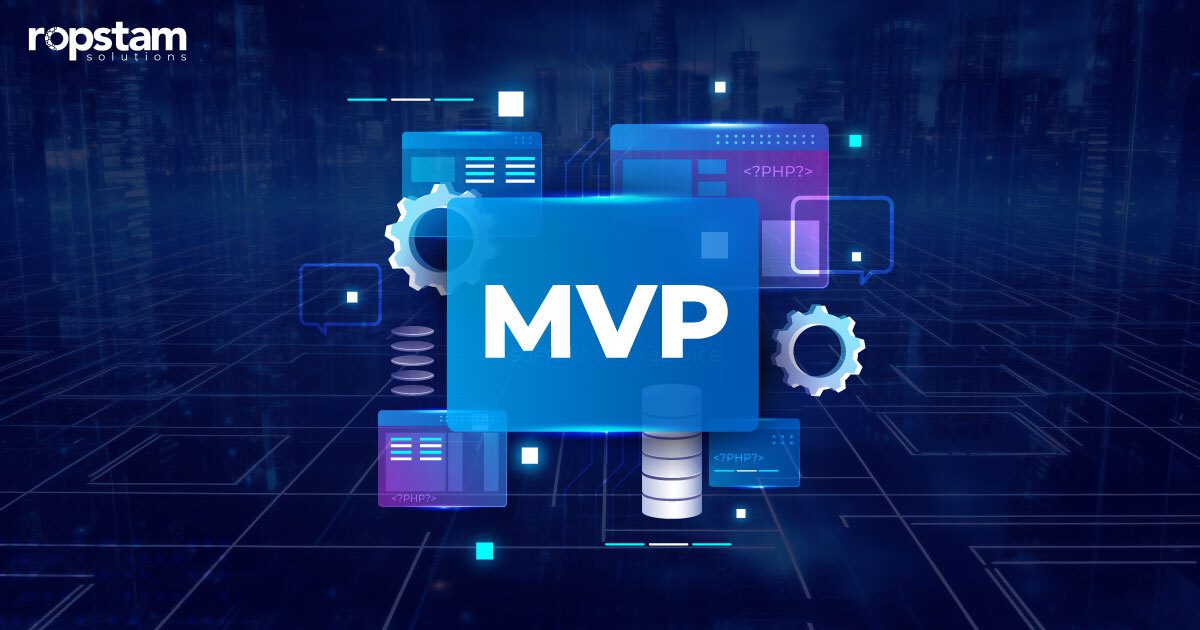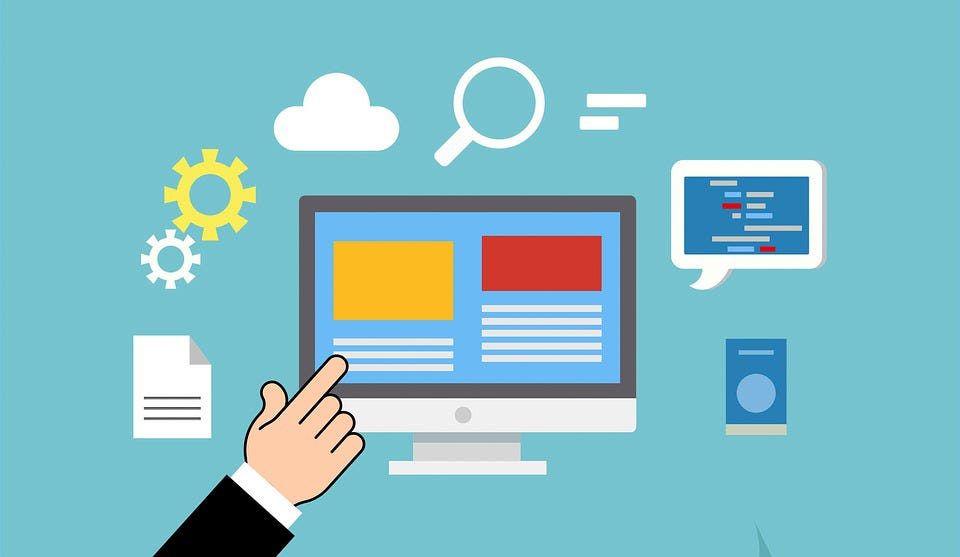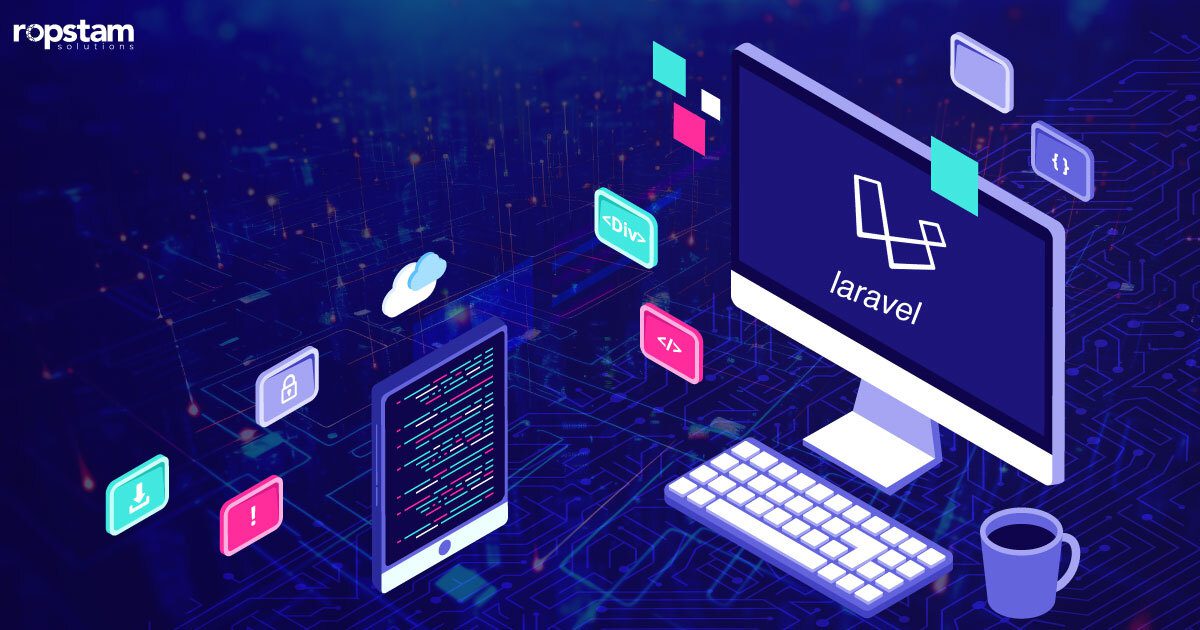MVPs are seen as broader in comparison with startups. Established companies can also apply this concept. Moreover, before launching the product, we must know how to create a minimum viable product.
To better understand, let’s go through the ten-step checklist to build an MVP. These steps will guide you in establishing your place in the market with the launch of your product.
What is an MVP?
Minimum Viable Product is known as MVP, and its main purpose is to test the market demand without any notable expenditure. More importantly, it makes it easy for IT companies to introduce their software product to the market more speedily.
Simplistically, it involves creating a product that satisfies the initial demands of the users. In the tech field, this consists of executing and establishing the critical features set for the websites and apps or developing the software. That version is known as ‘Version 1’ with the understanding that more features can be introduced later.
The typical steps used by the product team are as follows:
- Defines the problem
- Examine the target demographic/audience
- Look over the market
- Identify and research the competition
- Creates required functionality
- Focuses on the user’s first feedback
Additionally, the notion of MVP was invented by the President and co-founder of the consulting firm SyncDev named, Frank Robinson in 2001. In his book, the MVP comes out of ‘synchronous development’ (the process where the task follows the step-by-step procedure) or is defined as analyzing both the product and target audience/demographic.
Checklist to build a Minimum Viable Product – (10 points to consider)
To achieve a Product-Market fit as you approach product launch, the checklist to build the MVP can be helpful. So, let’s jump into it which can make it easier for you to introduce your product in the marketplace.
Recognize the target audience and define the problem to solve
As the target audience and the solution to the problem are interlinked, your focus should be on the audience first. You cannot solve the problem without recognizing the target audience, and you’re just screaming into the abyss.
The important thing to record is that the audience is not always the potential clients; it can encompass various entities, i.e.,
- Business partners
- Team members
- Third parties like distributors
Whether you’re developing solutions for internal use or external consumption, the initial thought should be: who will buy this solution? It can only be possible by doing market research or by having knowledge or experience in a particular industry you are working with
Suppose you notice a common pain point affecting many people and reducing their enjoyment of a given task or process. In that case, that becomes the beginning point for developing a product to address it.
Once your audience is defined, the next step involves outlining their pain points in an audience persona document—a tangible representation of your ideal target person. Additionally, you can create a perfect audience profile at the organizational level for a broader perspective.
Furthermore, this is the outline of shared characteristics:
- Demographics – Age, income, location details
- Everyday Experiences – Workplace roles, pain points, goals
- Behaviors – Purchase influences, usage habits
- Psychographics – Attitudes, values, interests
Collect this representative data into a generic buyer persona with distinguishing details bringing the customer to life. This well-defined user profile focuses ongoing efforts reaching them most effectively.
Create a landing page
With a specific target user in mind, quickly create a simple one-page website summarizing:
- The common problem they face
- Real-world manifestations frustrate them
- How your proposed solution would alleviate issues
Keep descriptions concise and emotionally resonant. This landing page will validate if anyone connects with and cares about the issue referenced. Visitor reactions assess whether your solution fits, and the solution summary becomes your guiding MVP concept.
Share your landing page for feedback
After creating the landing page, it’s time to know the target audience’s viewpoint. So, you will share your landing page among places where defined users will encounter it. It means:
- Targeted social promotions to match demographics
- Discussions in aligned online communities
- Email outreach to related organizations
- Other channels your buyers frequent
Ask for open reactions, assessing if your framing resonates. Look for responses like “Yes, this is exactly my headache!” – or indifferent shrugs. Track subscriber signups as well so you can update interested visitors later. Craft value-first messaging that makes users eager for launch news without aggressive salesmanship.
Along with it, here are some recommended practices for sharing a landing page:
- Avoid spamming links to your landing page; initial interest is limited, and resonance is critical.
- Tailor your approach to specific audiences; avoid casting a wide net, and focus on what resonates with your target group.
- Ensure fast page loading; people have a low tolerance for slow-loading pages, aiming for a <2-3 seconds load time.
Adding vibrant images and visuals to the landing page will be a bonus point, as will enhancing the overall use of user experience (UX) design. Suppose you can explain the issue or problem precisely and efficiently attract or engage the target audience (readers) with your words; congratulations. In that case, you have successfully completed the third-step checklist to build an MVP.
Gather feedback from the page visitor
Now that the visitors come to your landing page to check it, it means that you’ve successfully grabbed their attention and caught their interest. (Finally, you accomplished that, i.e., they’re interested in what you’re offering to them).
But without further judgment, it’s crucial to recognize that merely landing on your page doesn’t guarantee their return. Surprisingly, statistics show that over 90% of first-time visitors may never revisit whether to your landing page or the entire website. Therefore, it becomes imperative to make the initial interaction count promptly.
An effective strategy to achieve this is the Installation of email signup forms on your landing page, allowing interested visitors to follow your progress while collecting data on what works or misses the mark. While exploring your website, still visitors may not want an inundated inbox. So keep in mind that:
- Create a message highlighting benefits to encourage visitors to sign up and build a lasting connection.
- Fulfilling promises is crucial; a lack of communication can prompt unsubscribing.
- People seek belonging, not constant sales pitches.
- Involving them in MVP development encourages potential support and feedback
- Email outreach is as crucial as product development.
Define features and requirements
Using visitor data, make an ordered list of the few must-have capabilities the viable product needs at launch to address the core customer problem. These represent the attributes directly reducing struggles users cited.
Categorize all proposed functionality into:
- Must have now – Critical to launch MVP
- Nice to have later – Lower priority extras
Resist packing early releases with non-essential capabilities. Identify the viable minimum that proves your concept viably delivers user value. Avoid confusing users with overly intricate initial experiences. Once market traction grows, you can build out more advanced functionality in later iterations. Launch simplified.
Moreover, while defining the features, also keep these points into consideration:
- Base feature selection on audience needs, not personal preferences, to ensure MVP value.
- Assess development time for each feature, highlighting varying timelines.
- Create a spec sheet categorizing features as “necessary” or “nice-to-have.”
- Limit the MVP to two capabilities, each comprising 3-4 essential features for specific audience needs.
Once you follow the instructions, you will be able to get into the development process efficiently.
Map the brand personality
While extensive brand building awaits later, even essential identity markers make first impressions count, so outline identifiable stylistic choices about your offering:
- Name – Descriptive and memorable
- Logo – Style telegraphing strengths
- Colors – Friendly or bold tones
These initial building blocks set expectations while conveying quality solutions that emotionally match the defined user and their world. Professional design need not absorb budgets this early if utility shines through clearly.
Build the app
Building the app is a pivotal step in developing a Minimum Viable Product (MVP). This phase entails not only defining essential features but also crucially involves selecting the technology stack.
Choices such as HTML, CSS3, and backend frameworks like MERN or PHP are made during this stage. Designing the architecture and writing code are guided by these technological decisions. Testing ensures a smooth user experience, and as feedback is collected, adjustments can be made to the technology stack as needed.
This iterative process of construction, incorporating choices like HTML, CSS3, and backend frameworks, lays the groundwork for a functional and user-friendly MVP.
Get cross-device testing for your app
Before allowing real-world usage, friends and staff must heavily test apps across diverse mobile devices, browsers, operating systems, and screen sizes, hunting for defects. Fix issues now or release updates soon after launch before damaging reviews undermine the hard-won loyalty of early adopters. Rigorous quality assurance prevents avoidable technology failures from eroding trust when customers need solutions working flawlessly.
Launch your Minimum Viable Product
With internal testing and usage previews completed, publicly launch mobile apps in major app stores and web apps on popular online destinations matching where target users spend time. Amplify release announcements on communication channels the defined audience uses most to encourage installations.
Keeping launches focused on baseline viable feature subsets allows measuring if the core value proposition truly helps users as promised. Avoid flooding newcomers with overload – deliver streamlined relief, letting simplicity and utility shine.
Exercise ‘BML’ — Build, Measure, Learn
Engage in the ‘BML’ (Build, Measure, Learn) exercise, where each step is integral to the overall process. Initially, delineate the scope of work before advancing to the product development stage. Following development, the product undergoes testing, with Quality Assurance engineers diligently enhancing its quality, even before the official release.
Post the MVP launch, revisit the entire process. Solicit client feedback to gauge the product’s reception and competitiveness in the market. These insights, derived from client comments, are crucial in assessing the product’s acceptance and refining its market position. The iterative nature of the ‘BML’ approach ensures continuous improvement and adaptability in response to user feedback.
Final verdict
The checklist to build the MVP covers efficient sequences like identifying target users, validating priorities, solving real problems, focusing on the features and requirements, enlisting the steps to gather feedback, and then launching essential viable apps demonstrating concepts that user testing perfects.
Moreover, lightning-fast feedback loops connect developers directly with audiences needing solutions. It reduces wasted efforts on assumptions and ensures product-market fit.
Ready to get your MVP for your web app or mobile app project? Contact Ropstam Solutions to get top-notch MVP development services. With our state-of-the-art technology, customized solutions, and effective project management, we’ll quickly launch your software product. With Ropstam’s MVP experience, let’s turn your vision into reality.














